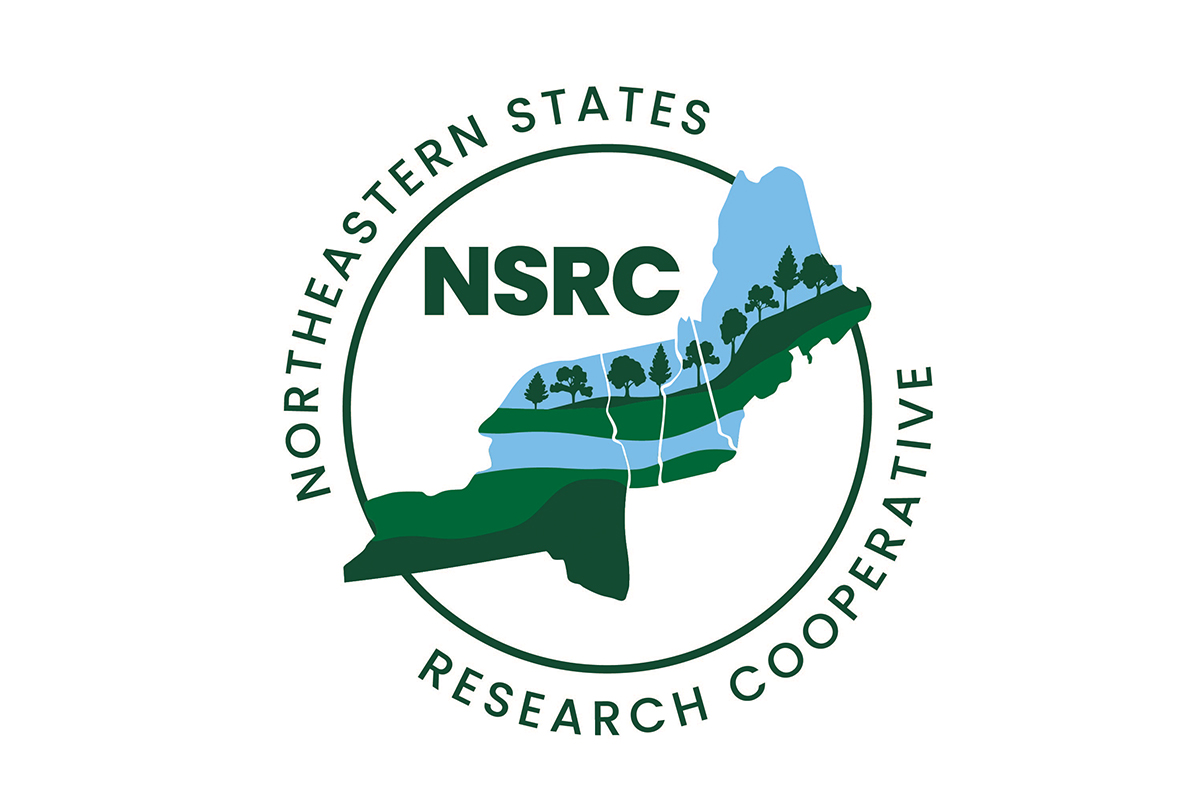
Digital species-site-suitability systems for regenerating northern forests.
Principal Investigator: Michael Premer, University of Maine
Spatiotemporal distribution of tree species reflects change in land use policy, silvicultural practices, and site-specific resource constraints. Despite differences in management, natural regeneration provides a template of potential habitat that varies with climate and topographic trends, where individual species occur but might not dominate given competitive interactions or active silviculture.
To date, there is a rich volume of work reporting the effect of variations in harvest methods on regenerating species and structure in Northern Forests. Yet, there is a dearth of information that quantifies the influence of site on species distribution at a spatial resolution compatible with management activities under future growing conditions. Recently, integration of geospatial data and with field records has been demonstrated as an attractive method to provide precise estimates of species-site compatibility and potential species diversity. This project proposes to leverage a robust network of forest vegetation and soil pedon data to build high resolution (1/5-acre) digital soil and site maps for the Northern Forest.
A suite of geospatial products will serve as a framework to construct baseline estimates of site-suitability across 15 tree species in the region. Changes in suitability will be assessed through 6 future climate scenarios through modifications in growing conditions. Results can be used to [i] generate decision support tools to spatially allocate forest management operations and silvicultural treatments to meet long-term goals; [ii] quantify future potential forest successional pathways; [iii] enhance understanding of site-vegetation dynamics; and [iv] parameterize landscape simulation models; and [v] build a foundation for climate-smart forestry practices.